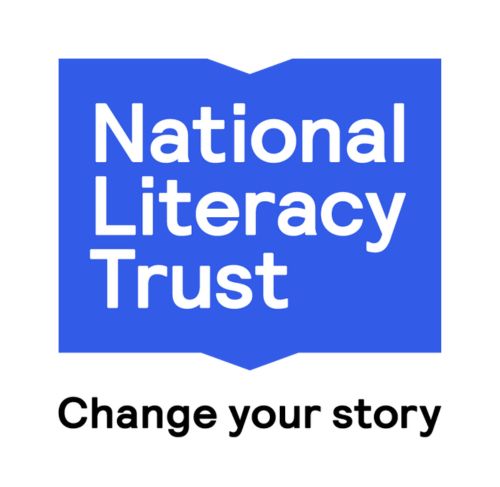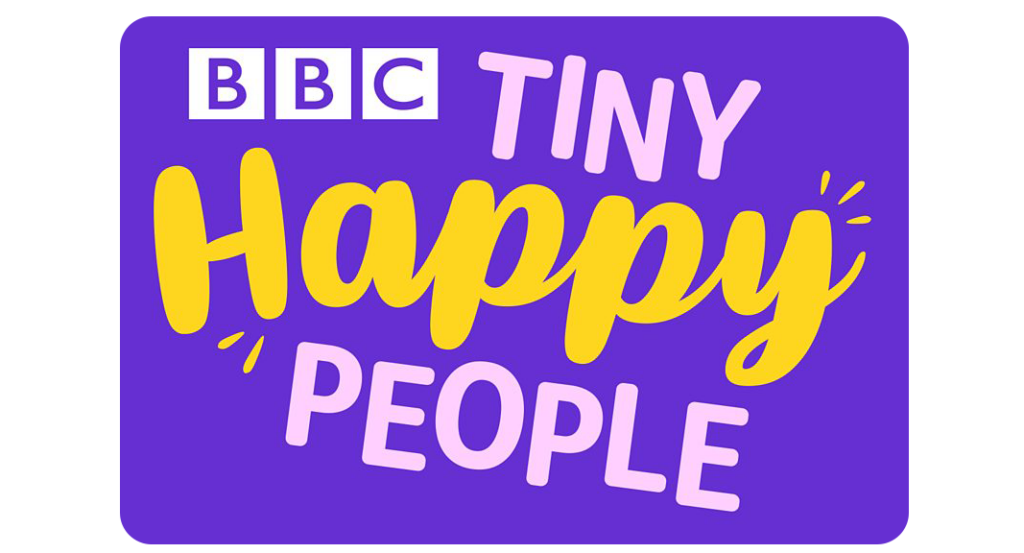Sharing books with your child
This video features examples of parents and toddlers sharing books.
At what age should I start sharing books with my child?
You can start sharing books with babies as young as three months old! Make sure the books you have are fun, brightly coloured or, for very young babies, black and white, with clear pictures or different feely surfaces that might grab their attention. You can just allow your child to explore the book – you don’t have to read the words to them. You can label the pictures, make the animal sounds, make up little stories or sing. The important thing is that your young baby is hearing your voice, whilst exploring something new.
We’ve got hundreds of books in our house but my child keeps going back to the same books. Is that okay?
Repeating the same books with your child helps them learn new words because they hear the same words again and again. Of course, it can feel boring for parents who have to read the same books over and over again. Try rotating the books available to your child but maintaining some of those old favourites!
What types of books should I be sharing with my child at different ages?
Choose books for your child based on their interests, their attention, and the level of their communication skills. If they are not saying very much themselves, then choose books that have simple words and sentences. If your child talks a lot and has a good attention span, they might like slightly longer books.
There is no rule about which books are appropriate for which age but as a rough guide:
At this age children will love cardboard books and plastic books after all there is a good chance they will be chewed and thrown about. Touch and feel books are great as well as lift-the-flaps and pop-up books.
Between 12 and 18 months
Children may become interested in little stories, rhymes and ‘look and say’ books which can help to develop early vocabulary.
Examples:
- Dear Zoo by Rod Campbell
- Usborne, That’s not my … series by Fiona WattLook and Say books by Usborne
- Just like Daddy by Cecilia Johanson
- Guess Who by Jeannette Rowe
Some children at this age still love lift-the-flap books, while others may start to enjoy short stories. You don’t have to read the books exactly as they are written – just follow what your child is interested in and talk about that. Your child might still like to turn to the parts of the book that they know and like – and that’s absolutely fine! Books with repetitive words and sentences are great at this age too.
Examples:
- The Very Hungry Caterpillar by Eric Carle
- We’re Going on a Bear Hunt and Snore by Michael Rosen
- Ketchup on your Cornflakes by Nick Sharratt
- Tales from Acorn Wood by Julia Donaldson, for example ‘Fox’s Socks’ and ‘Rabbit’s Nap’
- Owl Babies by Martin Waddell
At this age, some children may start to enjoy longer stories as their understanding begins to develop. Choose books based on what your child is interested in and how long they are able to focus for. Lots of children at this age will still enjoy short, repetitive stories – you can help them to join in and say a few words by pausing at the end of a sentence that they know well.
Examples:
- Ladybird First Favourite Tales, for example ‘Three Little Pigs’
- Julia Donaldson books such as Monkey Puzzle and Squash and a Squeeze
- Emily Brown Series by Cressida Cowell
- Percy the Park Keeper Series by Nick Butterworth.
Don’t forget family photo albums or photo books can be a great way of introducing the idea of books to children of all ages. Photos can often be a great source of enjoyment, and an opportunity to name things and talk about what is happening.
My toddler is just not interested in books. How can I encourage them to like books?
For some children, developing an interest in books can be more challenging! It’s great if you can make listening to stories part of a bedtime routine. If this doesn’t work for your child, are there other times of day that work better? What about after lunch or snack time? In the back of the car after a journey? When they first wake up in the morning, snuggled up in bed together?
Another thing to consider is whether you are choosing books based on your child’s interests. What do they love to play with? Choose books about those things. Also think about your child’s attention span and the level of their communication skills. Are the books you are choosing too complicated or too simple?
Sometimes children enjoy making story dens or corners with lots of cushions and blankets where they can feel cozy when listening and ‘reading’ with a parent. Some children’s books are accompanied by YouTube videos or interactive materials which can be used alongside books to bring them to life. It’s always great if you can sit and watch the video with your child so you can model the words from the story for them. You could also try story props and puppets.
How can I use books to help develop my child’s communication skills?
- Use ‘fun’ words like ‘wheeee’ and ‘boom’ to help bring the story to life. Make animal noises like ‘baa’ and ‘moo’.
- Use props or real objects to accompany a story to make the pictures more real to the child.
- Sometimes it’s ok to sit back and watch how your child reacts to a book. Which bit interests them? Are they trying to say some words?
- Don’t rush reading; sometimes children may want to spend time talking or looking at one particular page.
- Try missing out the end of a sentence and pausing when the sentence is familiar and/or repetitive e.g. that’s not my…(lion) or ‘just like…(daddy). Your child may then take the opportunity to fill in the word.
- Try to avoid too many testing questions such as ‘What’s that?’, ‘Where’s the dog?’ and so on. Children benefit more from hearing you say the words and using strategies like pausing to see if they copy e.g. I can see a dog, you can see a (pause)…’



